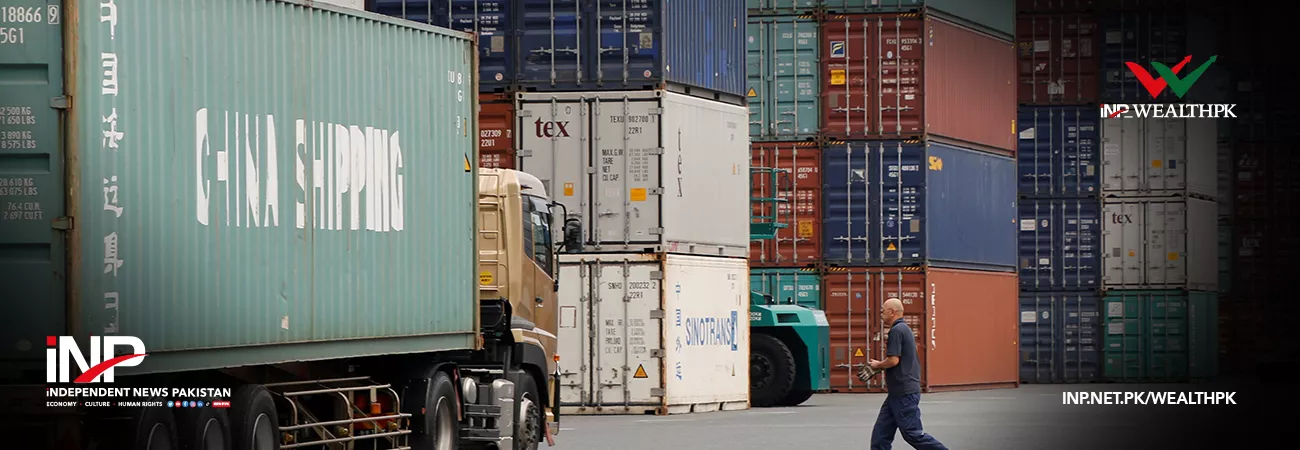INP-WealthPk
Policymakers should diversify the country's export products base besides focusing on industries with large global export wallets, which are in advanced manufacturing products, suggests a study. The country's export value has remained stagnated for more than a decade as a result of being largely concentrated in traditional sectors, according to the report jointly conducted by the Planning Commission and the Pakistan Institute of Development Economics. The study titled "Sectoral Total Factor Productivity in Pakistan" used data from 1,321 firms based on their audited financial records from 2010 to 2020 to get firm-level total factor productivity estimates.
The majority of the 1,321 businesses in the sample are in the manufacturing industry. In the manufacturing industry, most of the businesses are in the textile sector, while in the services industry, the insurance sector leads with 81 businesses, followed by the finance and banking industry with 73 businesses.
The companies included in the study have a reasonable amount of economic coverage. Given that the overall sales of the 1,321 companies account for 28% of Pakistan's GDP, the materials they use account for 20% of the GDP, and the labour they employ surpasses 2 million.
The study also included information on Pakistan's top exports and their percentage of overall exports, as well as the top export sectors worldwide and their share in total global exports. The analysis makes it clear that few of Pakistan's main export industries are among the top export sectors worldwide. The top global exports are in the electrical equipment and machinery sectors, while the top exports from Pakistan are textiles and related sectors, amounting to $4.08 billion.
Moreover, high-tech goods, which demand innovation and research and development, make up the majority of the world's top exports. In addition, leading international exports include high-precision goods like optical and associated goods. Comparatively, it should come as no surprise that Pakistan's leading exports are textiles. Additionally, Pakistan exports optical, cinematographic, and other related goods, although their combined value is just $0.37 billion, or 2% of all exports from Pakistan, the report highlighted.
Pakistan also exports agricultural and associated goods - such as meat, seafood, cotton, and cereals - which are not represented in the top 15 world exports. In order to meet the goals of increasing the country's GDP to over 7-8% on a sustained basis, the study notes that productivity increase is a key factor in determining an economy's growth and it must be pushed higher to over 3%. The report says that Pakistan's productivity increased on average by 1.5% between 2010 and 2020. However, if Pakistan aspires to attain a GDP growth of about 7–8%, then 1.5% productivity growth would not be sufficient.
Credit : Independent News Pakistan-WealthPk













